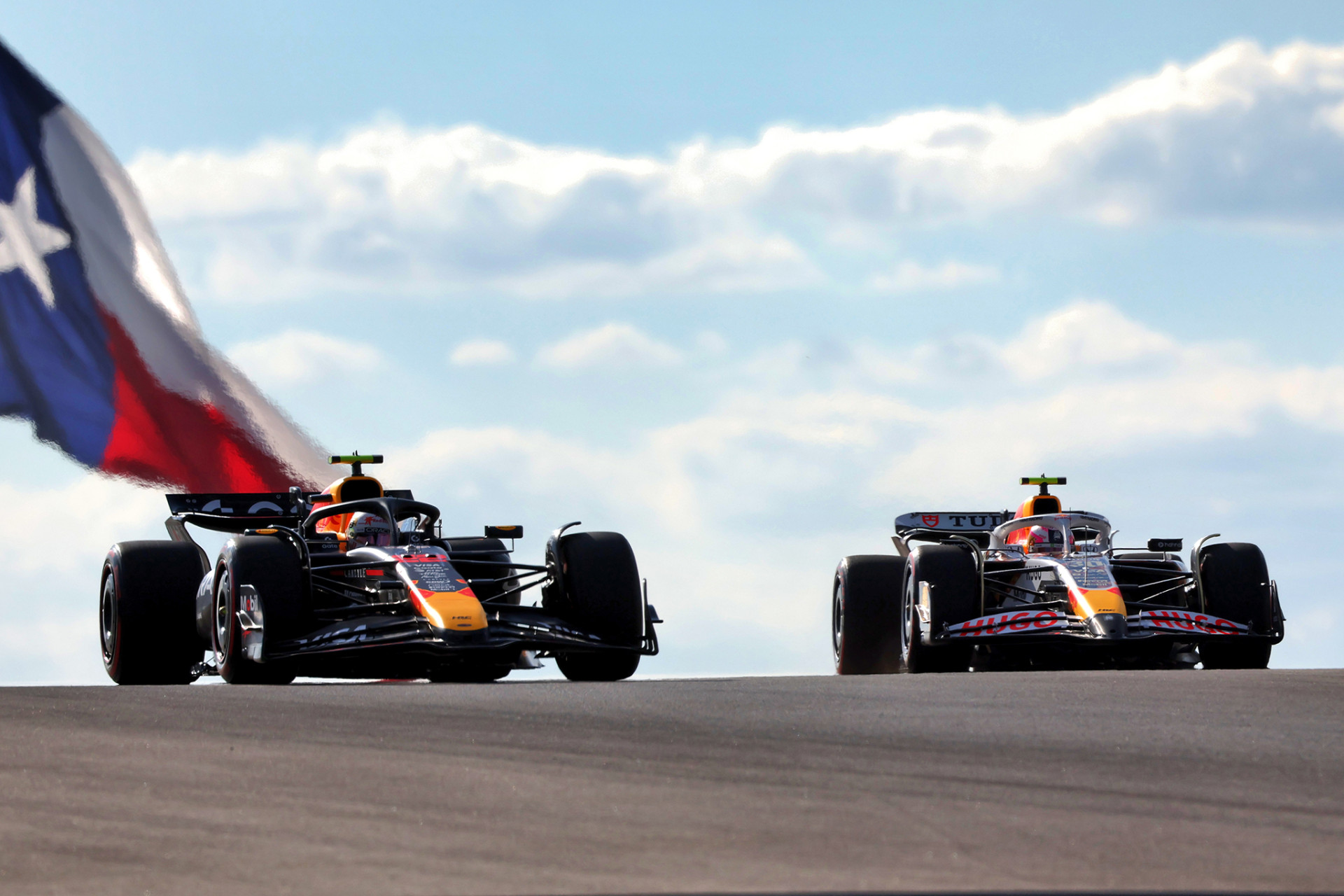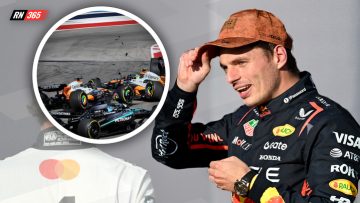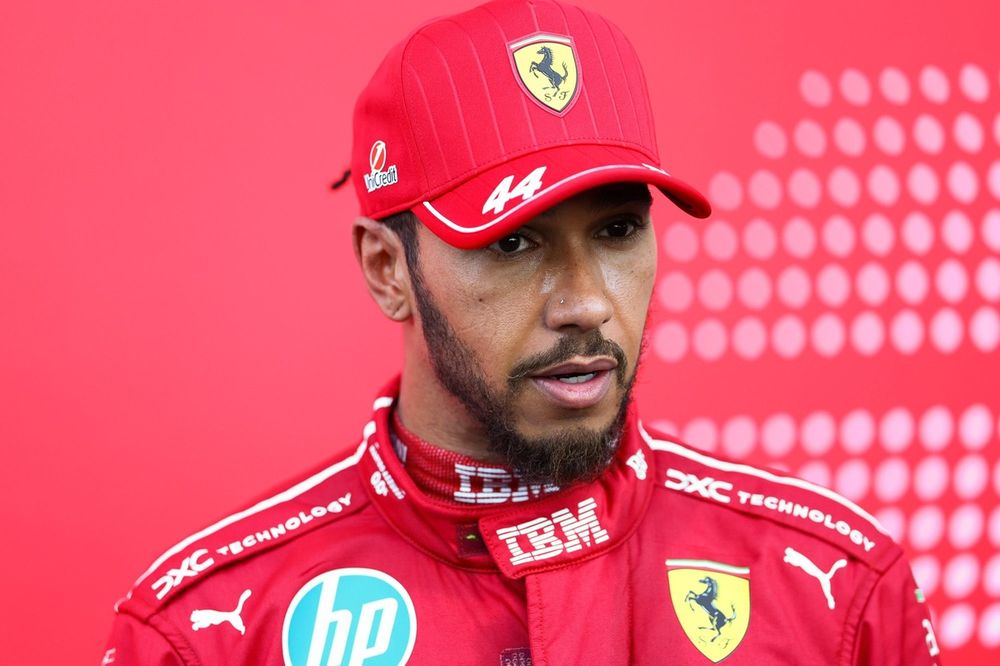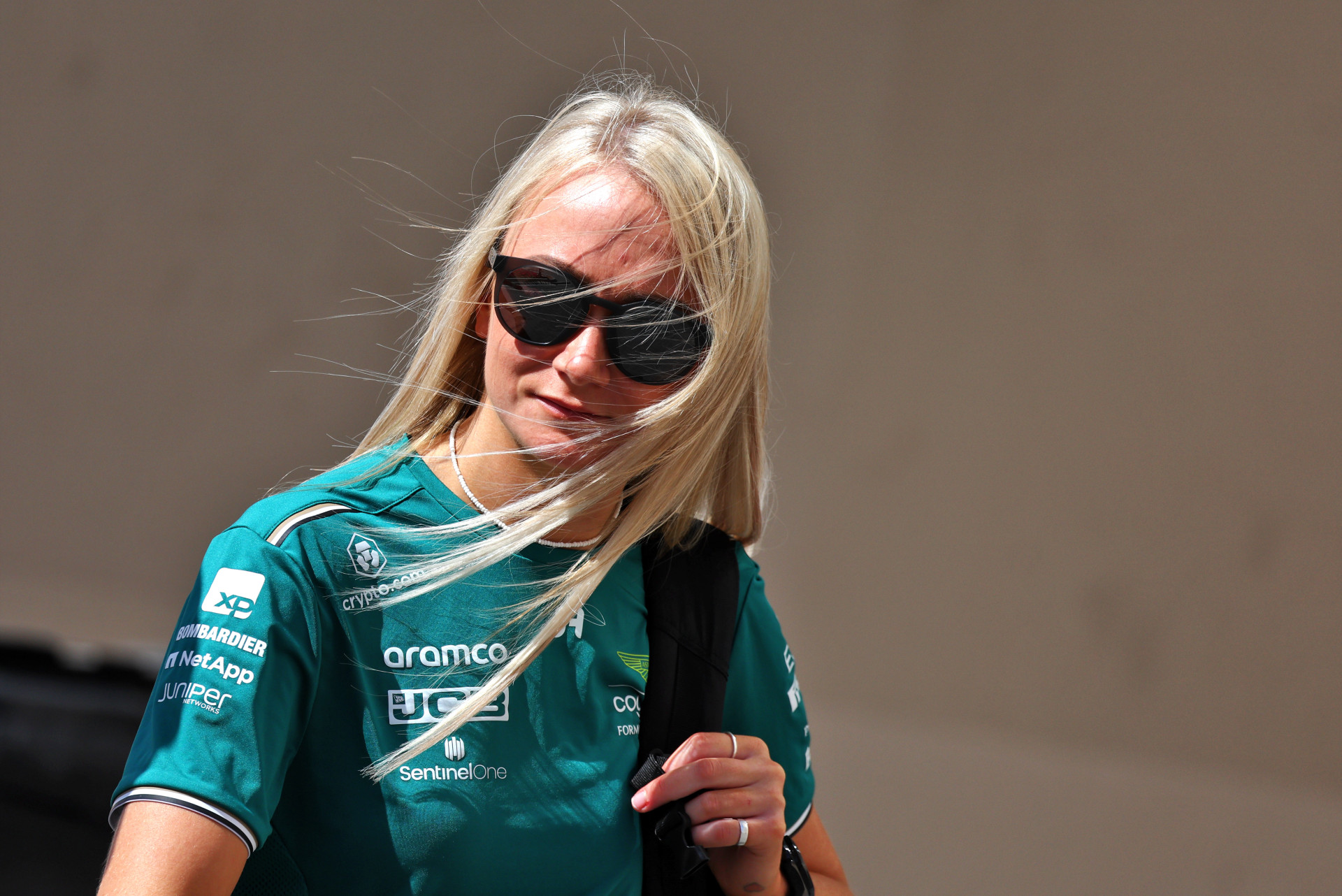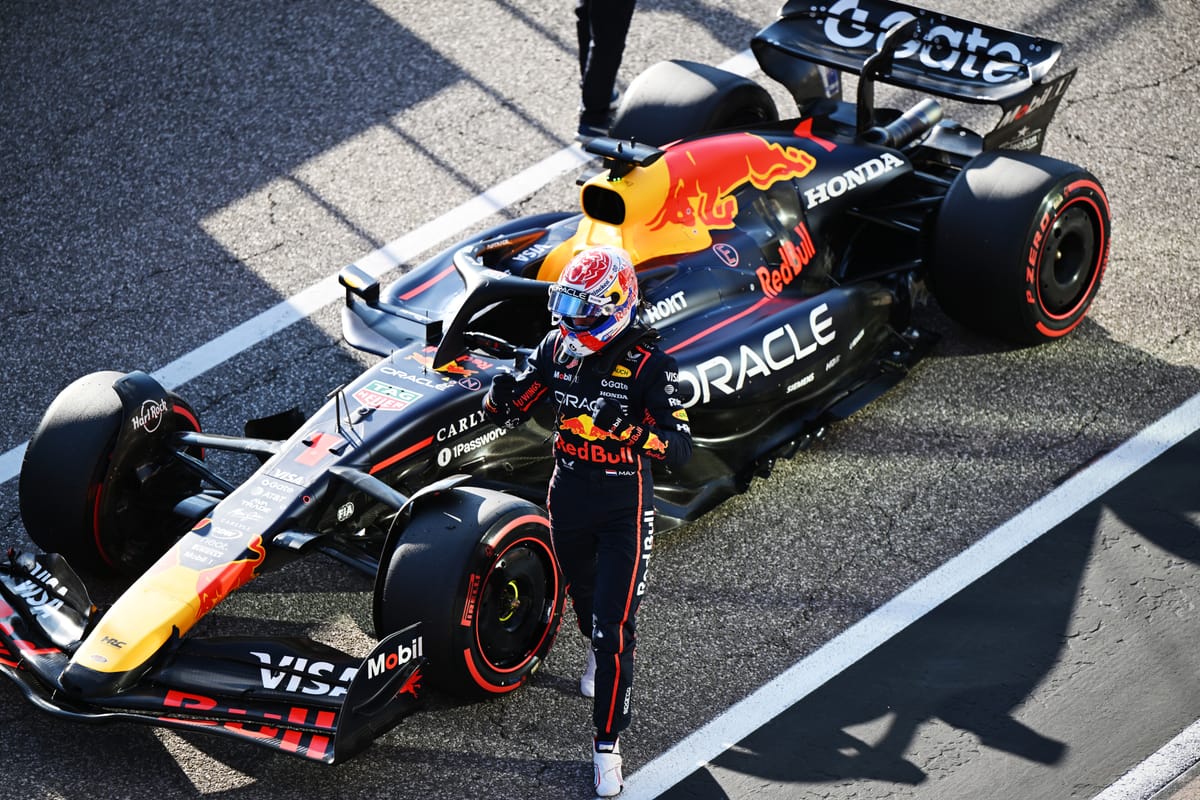
Red Bull-Verstappen Combo: F1's Best Again?
Despite McLaren's setbacks, the Red Bull-Verstappen combination demonstrated a formidable return to form at the United States Grand Prix qualifying, securing pole by a significant margin. While various factors contributed to this dominant performance, including challenging windy conditions and McLaren's lack of sprint race data, there are clear signs that Red Bull's upgraded aero package, particularly the front wing, has made the RB21 outright quicker.
Why it matters:
After a period where McLaren showed promising contention, Red Bull's resurgence, particularly with its upgraded aero package, suggests a shift in the competitive balance. This renewed dominance from the Red Bull-Verstappen pairing could cement their position as the championship's benchmark, making the latter part of the season and the battle for both titles a less open contest.
The details:
- Verstappen's Brilliance: Max Verstappen's exceptional ability to adapt to the significantly windier Saturday conditions at Austin played a crucial role. His pole margin in qualifying was nearly four times larger than in sprint qualifying, highlighting his skill in improvisation.
- McLaren's Data Deficit: McLaren drivers Lando Norris and Oscar Piastri suffered from a lack of track references. Their early exits in the sprint race meant they missed 19 laps of crucial experience in the new, powerful, and directionally shifted wind conditions. This led to more conservative setups and tentative driving in Q1.
- McLaren team principal Andrea Stella admitted, "We are maybe 0.2s away in reality." He attributed some of this to missing data for car optimization, stating, "We had to be more conservative in the set-up without those laps."
- Red Bull's Aerodynamic Step Forward: Stella conceded that the "Red Bull-Verstappen is just a faster combination than our car." He believes Red Bull has taken a clear step forward, with the car now exhibiting superior performance, particularly through fast corners, an area where the RB21 has always excelled.
- The upgraded front wing, first seen at Zandvoort, combined with a new floor, allows the car to run lower and maintain better balance across a fuller range of corner speeds. Verstappen praised the improved rear stability earlier in the weekend.
- Challenging Conditions: Saturday's conditions were described as "very challenging" by Verstappen due to a strong tailwind in the first sector, making the high-speed Esses particularly tricky. This exacerbated the confidence gap for drivers who lacked prior running.
- An early Q1 spin by Isack Hadjar at Turn 5 demonstrated the peril of these conditions.
The big picture:
While track layouts in places like Baku, Singapore, and Austin can influence performance, McLaren's current gap to Verstappen cannot be solely attributed to circuit characteristics. The consistent performance of Red Bull, even in varying conditions, points to a fundamental improvement in their car package. This suggests that the RB21, with its updated aero, is not just performing well on specific track types but has genuinely improved.
What's next:
McLaren hopes its superior thermal degradation control for rear tires will provide an advantage on race day. However, this is now more of a hope than a certainty, given Red Bull's strong development trajectory. If Red Bull continues this super-productive development path, they will solidify their position at the top, making it increasingly difficult for rivals to challenge their dominance in the remaining races and potentially into the next season.
Original Article :https://www.the-race.com/formula-1/mark-hughes-signs-red-bull-max-verstappen-com...


